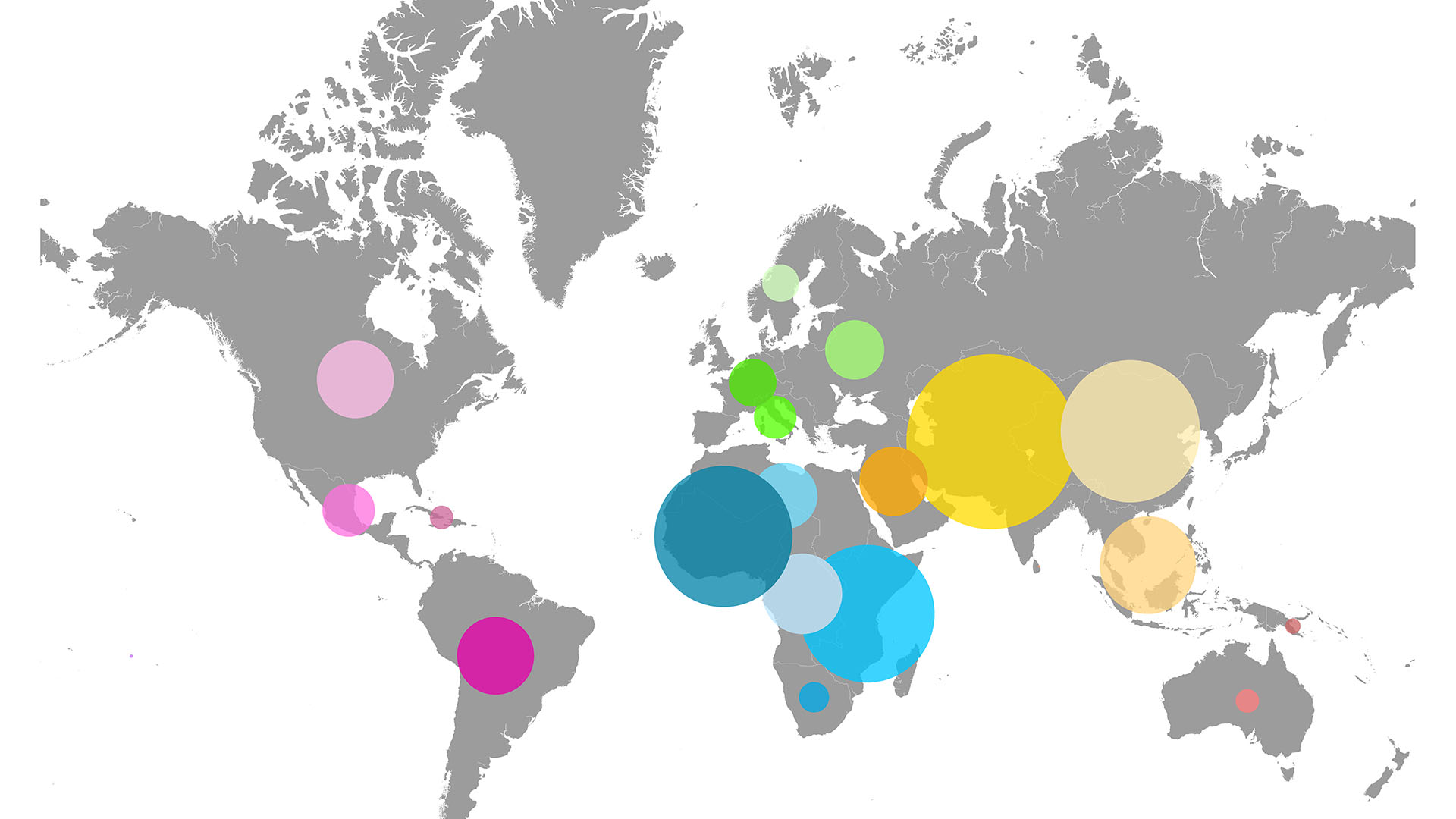Clif Bar & Company, the maker of snacks beloved by outdoor adventurers worldwide, ended 2021 with an unexpected announcement—it was going to the dogs.
This year, Clif will venture beyond its traditional human customers to their four-legged friends, introducing the brand’s first line of plant-based pet snacks. This bold leap from the human food and beverage market to a canine one is an example of the company’s rededication to innovation.
Businesses in every sector are looking for ways to drive sustainable growth and innovation in the wake of the pandemic. For companies expanding into new customer segments and markets, a geographic approach to data analysis is critical.
Sustainable Growth with Less Risk
When planning a new line of products in target markets, a geographic information system (GIS) can be a valuable tool for analyzing location-specific consumer data. Location intelligence from GIS reveals insight such as how many local households own dogs and even a dog owner’s preference for buying premium products or sustainable packaging.
When companies venture beyond the channels and customers they know well, geospatial analysis can help minimize the risk of missteps. More importantly, it can alert brands to new customer needs and potential fresh revenue streams—which can lead to sustainable growth.
For example, when fast-food giant Yum! Brands expanded its KFC brand in Russia, planners used GIS technology to understand disparate consumer preferences across 11 time zones, multiple climates and cultures, and a population of 145 million people.
Oleg Kiselev, a market planning manager at Yum! Russia, told WhereNext that to open a restaurant in the ideal location and choose the right menu items and promotions, executives had to understand consumer spending and preferences in each market. Modern GIS technology delivered that location intelligence and helped the brand expand profitably.
A global brewing company set out to disrupt its traditional business strategy when it went from distributing product through retailers and restaurants to also operating brew pubs in several major cities worldwide. The move required insight into each market. Using GIS, the company could see the popularity of craft beers within specific neighborhoods, human movement patterns related to nightlife, local demographics, and data from nearby eateries. The technology also revealed projections for local population growth along with food and beverage spending.
Businesses use this type of location intelligence to predict how a market might change over time, providing them the confidence to venture successfully into new and disruptive markets.
Toward an Innovative, More Resilient Future
The pandemic has tested companies’ resilience and upended growth plans. While some businesses have foundered, others have changed for the better. Companies like Clif are forging ahead with a renewed focus on breaking boundaries to meet the changing needs of customers (some of whom likely added a dog to their household during the pandemic).
A recent McKinsey survey found that business-model innovation—mostly focused on customers—was by far the most important strategic lever companies could use to weather the COVID-19 economy.
Whether companies are forging paths into new markets or innovating existing products, executives can take a more confident approach with the market intelligence that GIS data and analytics provide.











